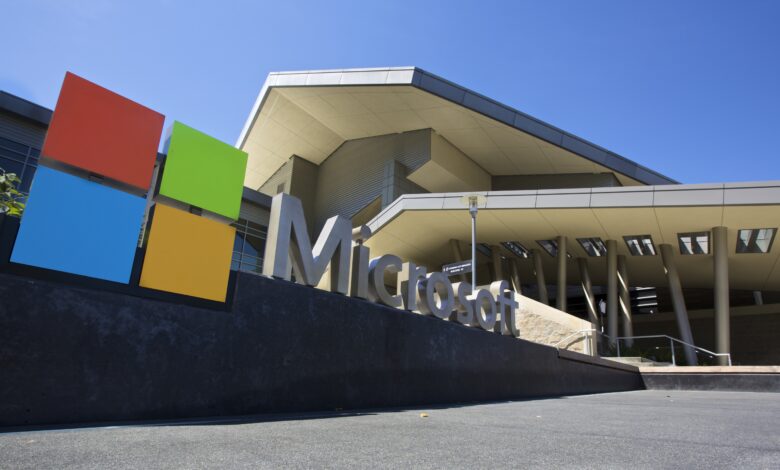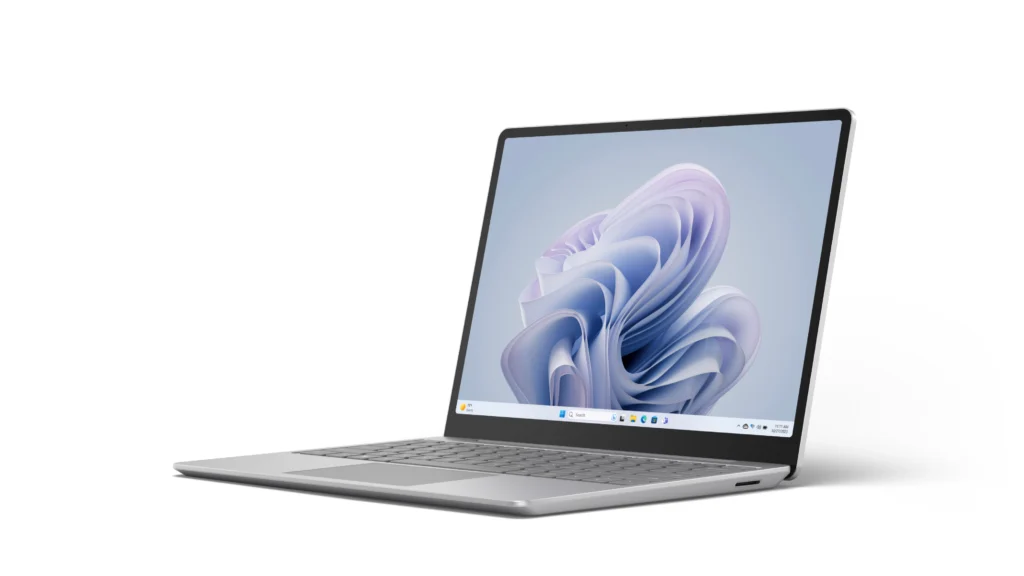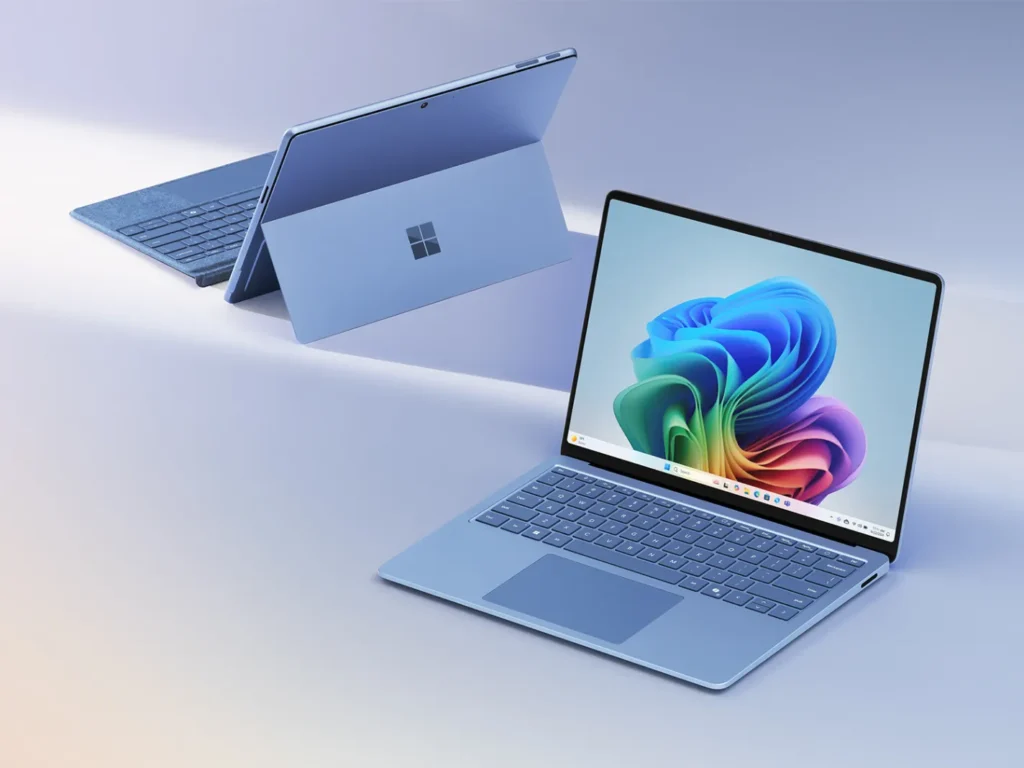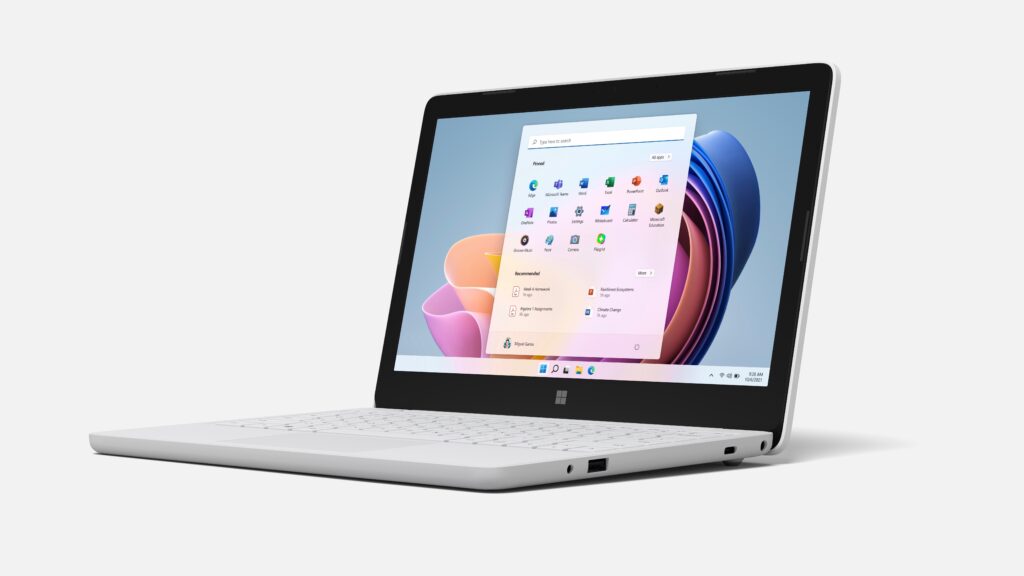The Rise of Microsoft: How Strategic Innovation Made It the Leader in Operating Systems

The Rise of Microsoft: How Strategic Innovation Made It the Leader in Operating Systems. When we think about the digital age, it’s hard to imagine it without the impact of Microsoft. From its humble beginnings in the mid-1970s to becoming a global powerhouse, Microsoft’s journey to becoming the leader in operating systems is a tale of vision, persistence, and strategic ingenuity. In this narrative, we’ll explore the critical turning points, strategic marketing moves, and resilience that made Microsoft the dominant force in the OS market. Along the way, we’ll uncover valuable lessons aspiring entrepreneurs can use in their own businesses.
The Genesis: A Vision of Empowerment
In 1975, Bill Gates and Paul Allen, two young software enthusiasts, saw an opportunity that no one else had fully grasped—the potential of personal computers. Their big break came when they made a deal with IBM to develop an operating system (OS) for its first personal computer. This deal would lay the foundation for what would become Microsoft’s dominance in the industry.
The key lesson here is vision. Gates didn’t just see computers as a luxury for a few, but as a tool that could empower individuals. His ability to foresee a future where every home and office would be powered by PCs is a testament to the value of long-term thinking. Aspiring entrepreneurs should always keep an eye on emerging opportunities, even if they seem improbable at first..

Building the Core: The Creation of MS-DOS
In the early 1980s, Microsoft faced its first major test: delivering a reliable operating system. The deal with IBM was a game-changer, but there was one catch—Microsoft had to create an OS quickly. Enter MS-DOS (Microsoft Disk Operating System), which would serve as the backbone of IBM’s personal computers.
At this point, Gates and Allen made an astute business move: they bought the rights to an existing OS (QDOS) and modified it to meet IBM’s needs. They didn’t reinvent the wheel from scratch; instead, they leveraged what was already available, showing how smart partnerships and innovation can lead to growth.
For entrepreneurs, this shows the importance of leveraging existing resources or technologies instead of trying to build everything from the ground up. It’s about maximizing what’s at your disposal to get ahead faster.
The Windows Revolution: Strategic Marketing and Growth
By the mid-1980s, Microsoft had already built a reputation with MS-DOS, but the company’s real breakthrough came in 1985 with the launch of Windows. This was a massive pivot from the text-based MS-DOS to a graphical interface that was far more user-friendly. It was a game-changer that made computing more accessible and intuitive for the average person.
However, this wasn’t just a product innovation. It was a masterclass in strategic marketing. Microsoft wasn’t just selling an operating system; it was selling a vision for the future of computing. Bill Gates made sure that Windows wasn’t just available to IBM, but to a wide range of computer manufacturers. In doing so, Microsoft created a vast ecosystem of hardware and software that would propel its dominance for decades.
For aspiring entrepreneurs, this teaches the power of positioning. You must understand your product’s potential and how it fits into the larger narrative. Don’t just sell a product—sell the vision behind it. Microsoft’s success was not only in the quality of Windows but also in how it positioned the product to be indispensable.
Overcoming Challenges: Competition and Legal Battles
By the 1990s, Microsoft was the undisputed leader in operating systems, but success came with its own set of challenges. The company faced intense competition from emerging players like Apple and Linux, which offered alternative operating systems. But perhaps the most significant threat came from the government itself.
In the late 1990s, Microsoft found itself in the crosshairs of antitrust regulators in the United States and Europe, accused of monopolistic practices. The company’s aggressive tactics in bundling Internet Explorer with Windows raised eyebrows, and a lengthy legal battle ensued. Despite the mounting pressure, Microsoft’s resilience shone through. The company worked through the challenges, adapted to new regulations, and emerged with its dominance intact.
For entrepreneurs, this is a crucial lesson: resilience in the face of adversity. Every successful company faces competition and legal scrutiny at some point. What separates the successful ones from the rest is how they respond—by staying true to their vision, making necessary adjustments, and never backing down.

Innovation and Expansion: The Cloud and Beyond
Fast forward to the 2000s and beyond, and Microsoft continued to innovate. Under CEO Satya Nadella’s leadership, the company shifted its focus from software to cloud computing with Azure, making a major play in the digital infrastructure market. This move helped Microsoft not only maintain its lead in operating systems but also diversify its offerings and future-proof itself in an increasingly cloud-driven world.
The move to embrace cloud computing and enterprise services was a masterstroke in adapting to changing technological landscapes. By shifting from a purely software-driven company to a hybrid model encompassing cloud, AI, and hardware, Microsoft set itself up for growth in the long term.
The key takeaway here for entrepreneurs is adaptability. Even if you’ve found success with one product or strategy, it’s crucial to remain agile. The market is constantly evolving, and those who can adapt and innovate will thrive. Microsoft’s pivot to cloud services is a perfect example of how diversification can safeguard a company’s future.
The Future: A Continued Legacy of Innovation
Today, Microsoft continues to lead the way in both operating systems and broader technological innovation. With its Windows OS still the dominant platform on desktops worldwide and its cloud infrastructure playing a key role in the digital economy, Microsoft is a prime example of how a company can evolve while maintaining its core strengths.
For entrepreneurs, this is a reminder that success doesn’t happen overnight. It takes time, consistency, and a willingness to embrace change. Microsoft’s story is one of constant growth, with each step building on the last. Whether it’s pivoting in response to market changes or expanding into new sectors, the company has shown that being the best in one area can serve as a springboard to even greater success.
Key Lessons for Aspiring Entrepreneurs:
- Vision and Long-Term Thinking: Like Bill Gates, think beyond the present and envision what the world could look like in the future.
- Leverage Resources: Don’t reinvent the wheel. Look for ways to innovate with existing technologies or partnerships.
- Strategic Positioning: Position your product or service as part of a larger ecosystem to increase its importance.
- Resilience in Adversity: The road to success is rarely smooth. Learn to overcome challenges, whether through competition or legal battles.
- Adapt and Innovate: The market is always changing. Be prepared to pivot, diversify, and expand to stay relevant.

Microsoft’s journey is a beacon of what can be achieved with authenticity, a clear vision, and a relentless drive to innovate. Aspiring entrepreneurs can take these lessons and apply them to their ventures, understanding that growth comes from resilience, strategic thinking, and a willingness to adapt.


